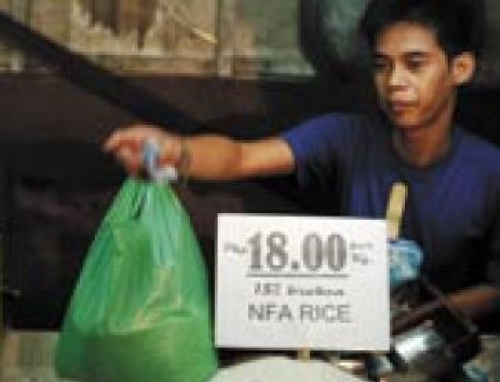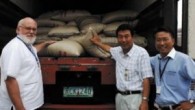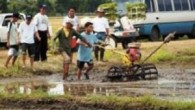Tag Archives: sustainable agriculture
The simple answer to the question posed by the title is “no”— because most rice is not dangerous. On closer inspection, though, we find that some rice-cropping systems are more likely than others to take up metals that are toxic to humans. Such metals may be a natural part of the local environment or present in industrial pollution. Who is most at risk from contaminated...
















